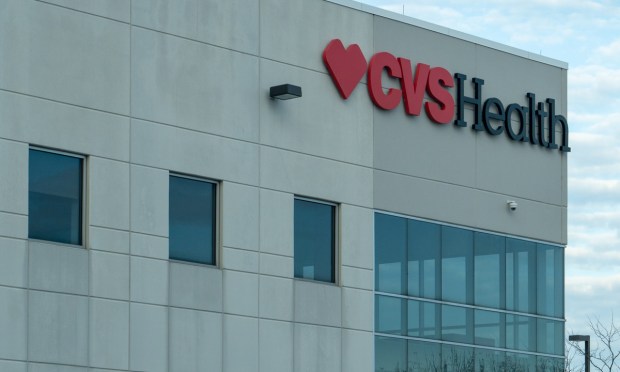CVS Strengthens Healthcare Focus

CVS Health reported Q2 earnings and revenue surpassing expectations on Wednesday (Aug. 2), driven by its ongoing endeavors to strengthen its presence in the healthcare services sector.
The report comes in the wake of the healthcare corporation’s endeavors to diversify its range of services. Earlier this summer, the company effectively concluded a $10.6 billion deal to acquire Oak Street Health, a specialized provider of primary-care clinics tailored to older patients.
Headquartered in Illinois, Oak Street Health boasts a workforce of around 600 primary care providers and manages 169 medical centers across 21 states. However, the company has ambitions to expand further, aiming to establish over 300 centers by 2026.
Additionally, in March, CVS concluded a nearly $8 billion purchase of Signify Health, a home-healthcare company.
In the year 2022, CVS also launched CVS Health Virtual Primary Care, an virtual care solution accessible via a digital platform.
According to PYMNTS research, consumers like technology-driven health services, including healthcare payments.
The study, “Healthcare in the Digital Age: Consumers See Unified Platforms as Key to Better Health,” conducted with Lynx, revealed that 79% of consumers express a desire for a single digital platform that centralizes all their healthcare tasks and facilitates bill payments.
CVS is among a group of retailers venturing into the healthcare domain. Walmart dedicated a portion of 2022 to establishing Walmart Health centers adjacent to its Walmart Supercenters, a move that followed its acquisition of MeMD in 2021.
Walgreens is expanding its scope into primary care through its VillageMD division, and earlier this year, Dollar General initiated a healthcare initiative targeted at rural areas.
CVS announced this week its plans to reduce its workforce by about 5,000 positions. According to The Wall Street Journal (WSJ) on Monday (July 31), the reductions are focused on the corporate level rather than within the company’s stores, pharmacies or clinics.
CVS envisions that these layoffs will position the company at the vanguard of a healthcare transformation, as conveyed in a staff memo from CEO Karen Lynch, which was examined by WSJ.
Alongside the workforce reductions, CVS is reducing expenditures on travel, minimizing reliance on vendors and consultants, pausing certain initiatives, and harnessing technology to enhance its efficiency, as outlined in the report.
Read more: CVS Cuts Thousands of Corporate Jobs in Shift to Healthcare
CVS by the Numbers
In the quarter, CVS recorded a net income of $1.91 billion, or $1.48 per share, a 37% decrease year over year (YoY). When excluding exceptional items, CVS’ per-share earnings for the period were $2.21.
The company recorded revenue of $88.9 billion during the quarter, a 10% increase YoY.
The health services division of the company produced $46.22 billion in revenue, a 7.6% rise YoY. This segment includes CVS Caremark, the pharmacy benefit manager, and a spectrum of healthcare services offered through medical clinics, telehealth, and home-based settings.
CVS’ retail pharmacy sector yielded sales of $28.78 billion, a 7.6% uptick YoY, attributed to a surge in prescription volume. Prescriptions rose 2.4% on a 30-day basis, excluding COVID vaccinations. Same-store prescription volume rose 5%, excluding COVID vaccines.
Meanwhile, the health insurance division of the company recorded $26.75 billion in revenue, a 17.6% rise YoY. This segment includes Aetna plans for the Affordable Care Act, as well as offerings for Medicare Advantage, Medicaid, and dental and vision services.

